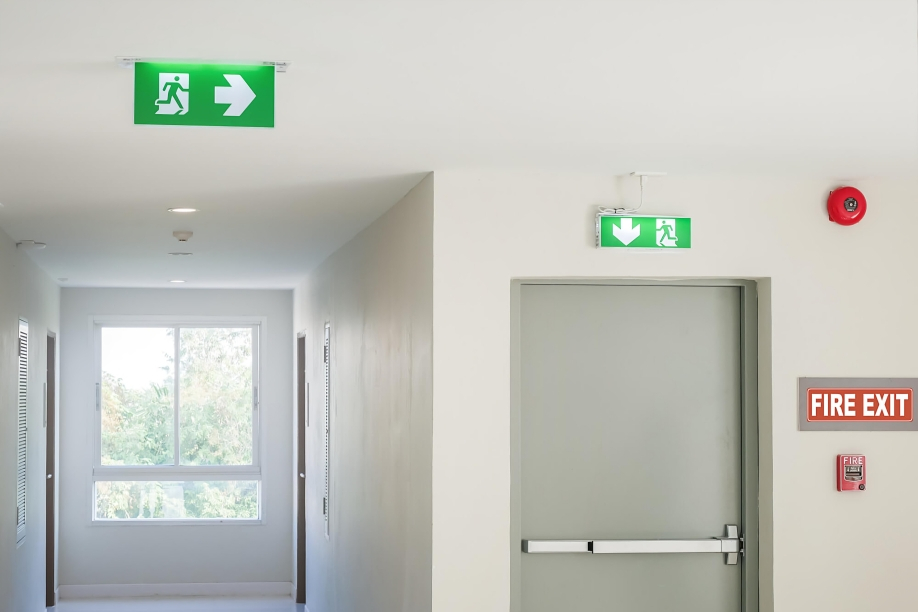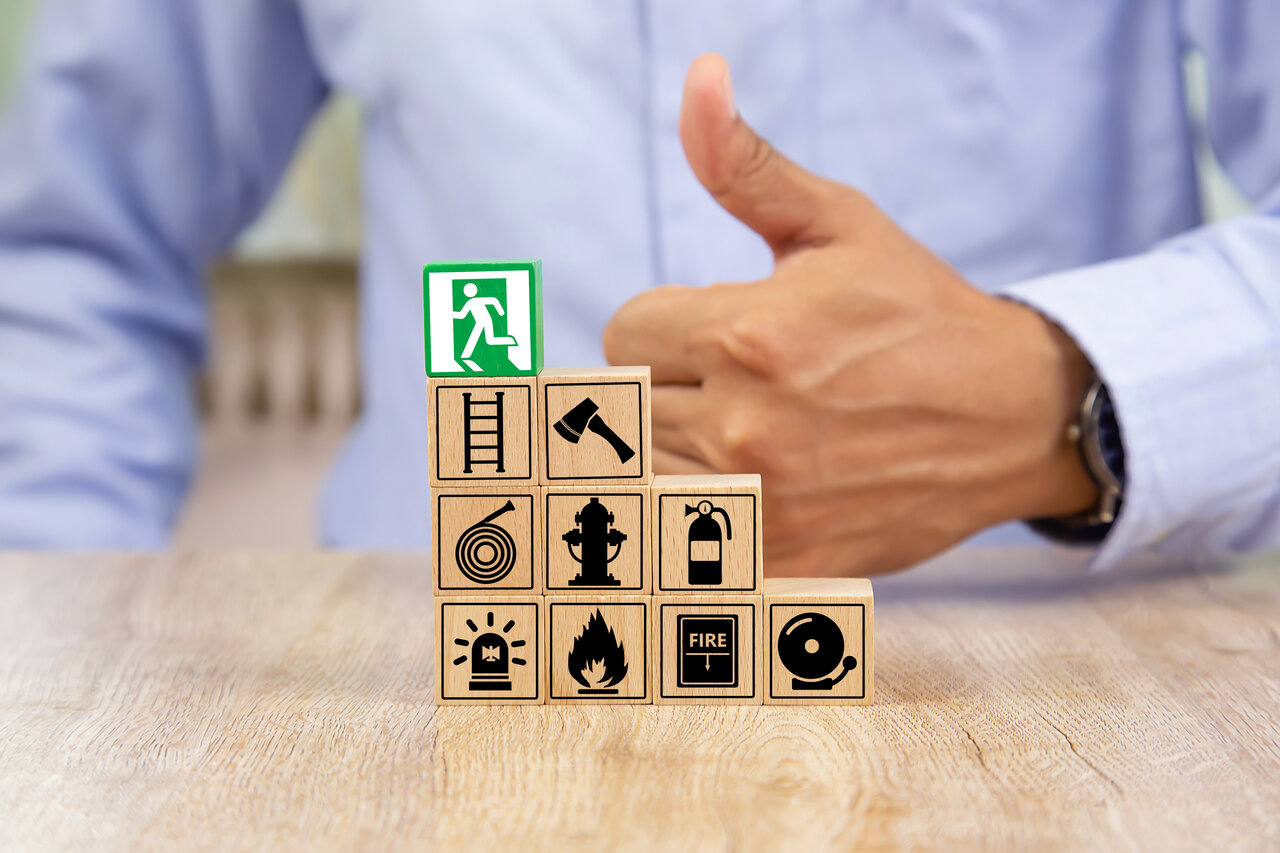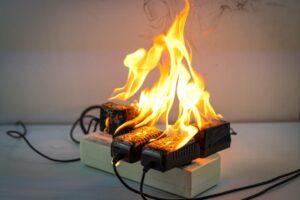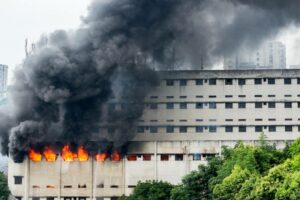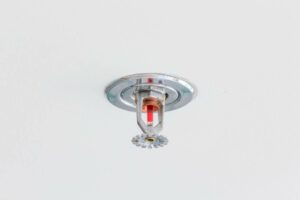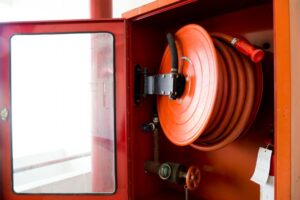You may assume that fire drill procedures in Malaysia are in your rearview now that school is over. However, this is far from the truth.
Fire drills play an integral role in workplace fire safety regardless of where you work — an office, factory, or retail store. Sure, fire extinguishers and alarms are vital, but would your employees know what to do and where to go?
Any errors or delays could result in crippling consequences, even costing precious lives. That’s why it’s essential to enforce indirect yet significant protective measures and life safety procedures in your commercial building.
Sadly, emergency and evacuation procedures are not as straightforward as lining up single file and pouring out of the building. Each occupant must undergo the proper training and knowledge on protecting themselves, and fire drills are the best place to start.
Conducting a Successful Fire Drill at Work in Malaysia
As a business owner, it is your legislative duty to empower your employees to act quickly and appropriately in fires. A fire drill can be a simple procedure, but there are various aspects to consider before, during, and after.
Here are five steps you can take to carry out a successful fire drill:
1. Developing a Plan
Before the day of the drill, you must develop the right policies and procedures for your building. Some fundamentals of a fire safety plan are as follows:
- The preferred method for informing the employees, alarm monitoring company, fire rescue service, or visitors of a fire emergency.
- Emergency escape policies, procedures, and route assignments, i.e. floor plans, secure areas, etc.
- Designated assembly locations.
- Specific roles for evacuation and other responsibilities.
2. Educating Your Employees
Now that your evacuation plan is in place, it’s time to inform your employees of the fire safety drill. Share the specific details of the procedure and let them ask questions should they have any.
Ideally, it would be best to clarify that participation is mandatory. If you have employees who cannot leave their workstations due to safety-critical roles, try a rotation so that everyone can participate each year.
Mark the evacuation routes and fire protection equipment, and ensure that everyone knows where they are.
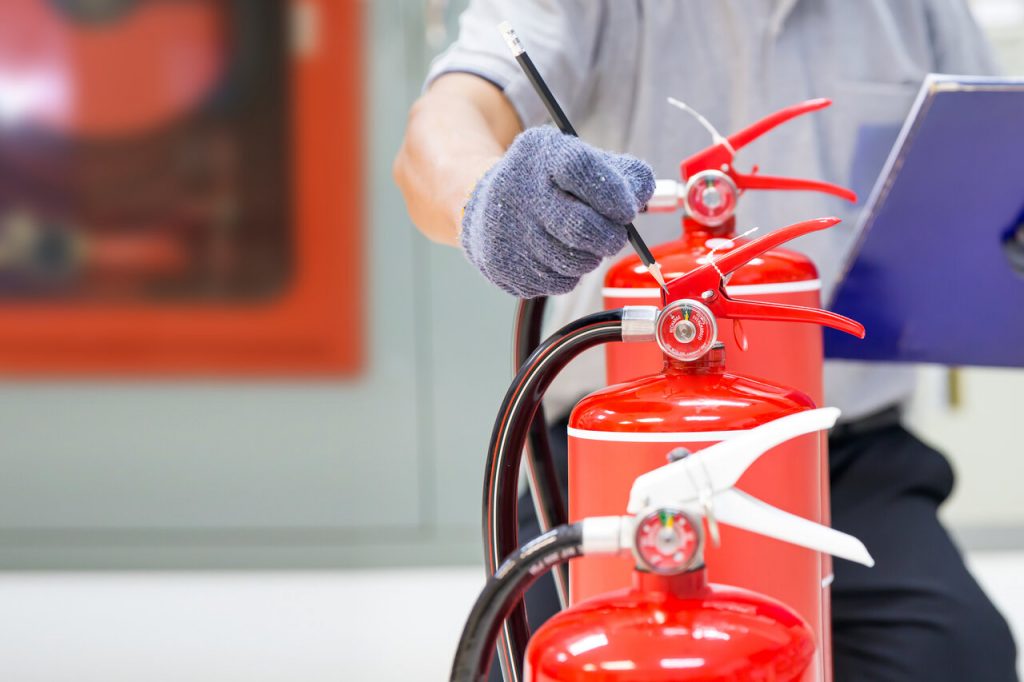
3. Motivating Employees to Participate
You will have some employees who thought their fire drill days were behind them, as one would hope. Thus, they might not take this practice seriously.
Consider offering an incentive for every successful drill where all occupants meet the target time without hypothetical casualties. You’d be surprised by how much an early lunchtime can encourage employees to improve their efficiency.
Read More: Fire Certificate Malaysia: Application and Renewal Guide
4. Tracking Results of the Fire Drill in Malaysia
While conducting the fire drill, track how quickly every occupant can exit the building and meet at the designated area. Remember to log the details thoroughly, including any untoward behaviour or problems that may arise, such as difficulty opening exits.
Then, you can review the findings regularly and continue improving reaction times. Other challenges to consider are getting occupants with disabilities or mobility issues down the stairs or whether employees are using the nearest escape routes rather than their usual ones.
5. Practicing Consistently
It’s never a waste of time working towards a culture of preparedness at work. Organisations should conduct regular fire drills alongside routine fire alarm tests to ensure employees can respond to fire emergencies competently.
Feel free to consult a fire safety company for optimal results! Palcon provides practical fire safety training to help your business develop the proper procedures and keep your employees safe.

